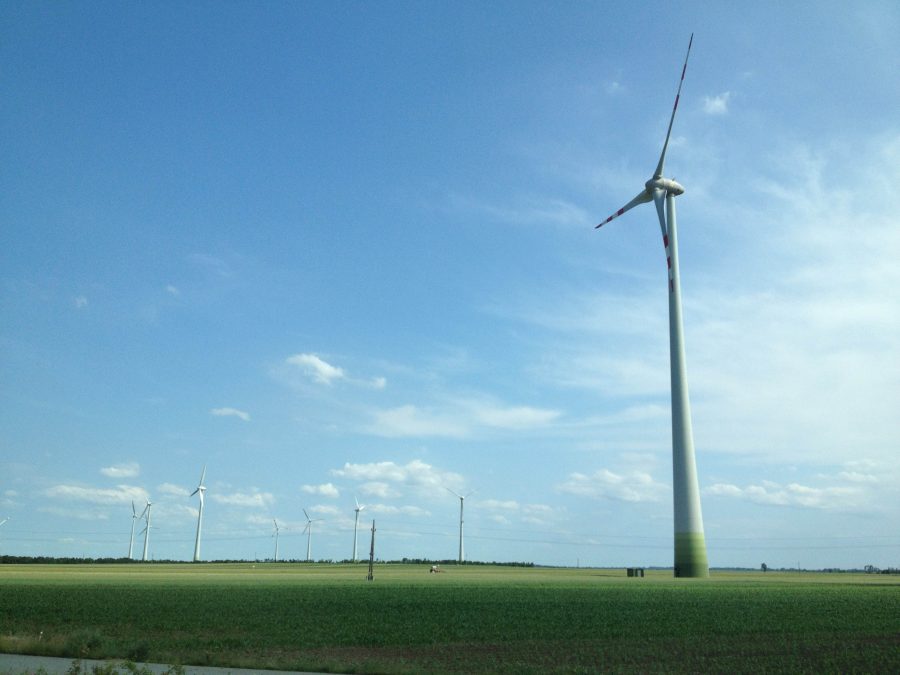UIUC purchases wind energy to shrink carbon footprint
The University plans to invest in a wind farm like the one seen here in Europe. This is part of the requirements of the Illinois Climate Action Plan, which works to shrink the University’s carbon footprint.
January 23, 2017
The University’s energy supply will be slightly cleaner this year.
The University entered a 10-year deal to purchase 8.6 percent of the total wind energy produced at Rail Splitter Wind Farm LLC, which is located near Hopedale, Illinois, about 74 miles from campus. The agreement took effect Nov. 1 of last year and will continue through Oct. 31, 2026.
Officials expect the deal to generate more than 25,000 megawatt-hours of energy annually. Wind energy and solar energy additions are expected to increase UIUC’s clean energy to about 33,200 megawatt-hours per year, accounting for 8.9 percent of expected annual electricity consumption.
Morgan Johnston, associate director of facilities and services, said that the other 91 percent of annual energy consumption comes from a mix of power generated at the Abbott Power Plant and a regional grid, which has a mixture of sources including wind, solar, nuclear, coal and natural gas.
In 2008, the University devised the Illinois Climate Action Plan. One component of the strategy included acquiring 120,000 megawatt-hours per year of low-carbon sources by fiscal year 2020. The wind energy agreement brought the University significantly closer to its goal, but it’s still 86,800 megawatt-hours short of its goal with just three years left of the 12-year plan.
Get The Daily Illini in your inbox!
Johnston said that the 120,000 megawatt-hours per year goal is one of the stretch goals in the iCAP, and that the Energy Generation, Purchasing, and Distribution Sustainability Working Advisory Team is “actively considering potential methods to reach this ambitious goal.”







